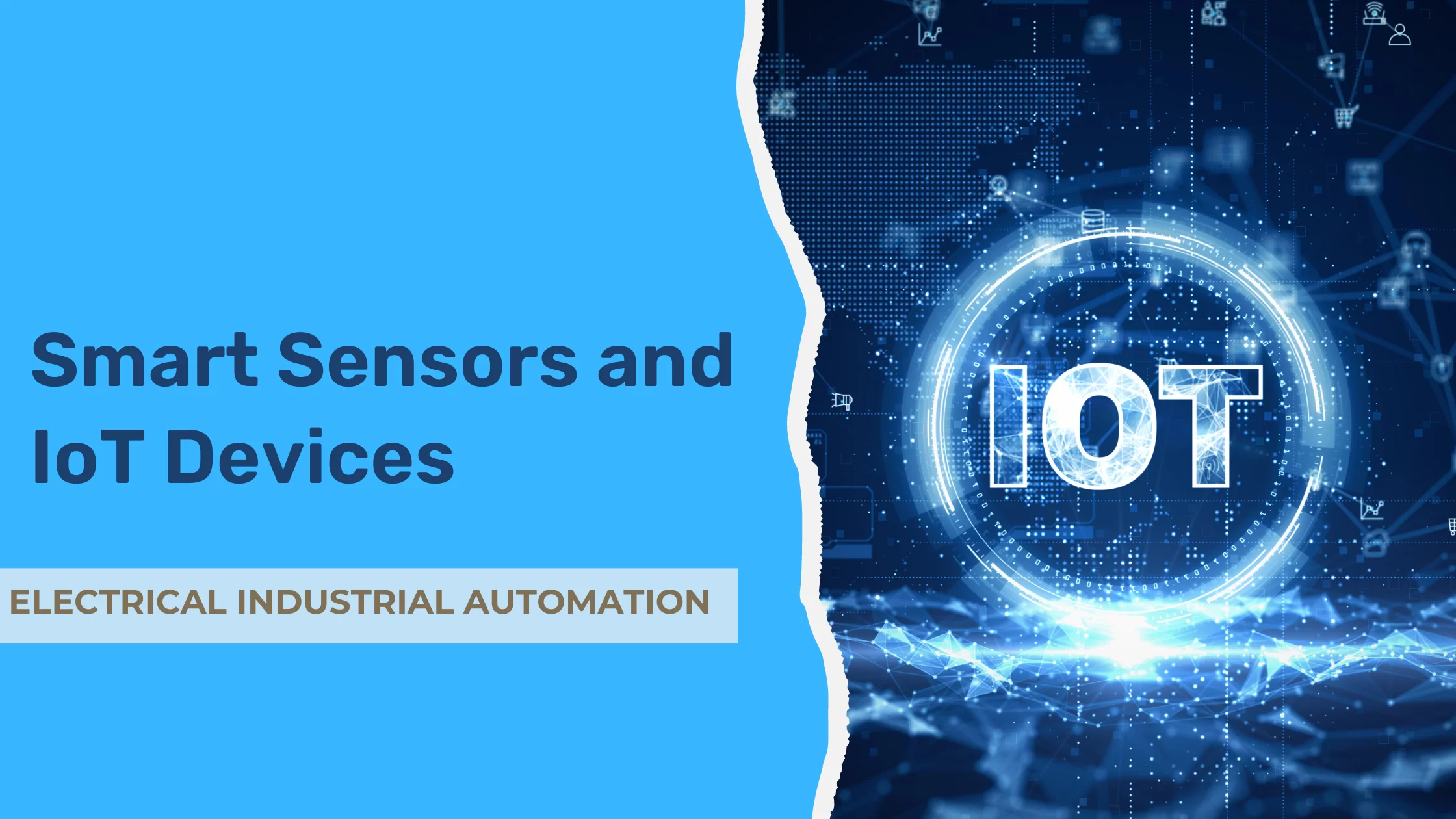Smart Sensors: Transforming Air Quality Monitoring with IoT
Introduction
The rapid development of the Internet of Things (IoT) has revolutionized many industries, and air quality monitoring is no exception. Smart sensors, powered by IoT, are now at the forefront of this transformation, offering unparalleled accuracy, real-time data collection, and enhanced capabilities for monitoring and improving air quality. In this blog, we explore how IoT-enabled smart sensors are changing the landscape of air quality monitoring, and the benefits they bring to both industry and the environment.
Table of Contents
1. The Evolution of Air Quality Monitoring
2. The Role of IoT in Air Quality Monitoring
3. Key Features of Smart Sensors
4. Applications of IoT in Air Quality Monitoring
5. Benefits of IoT-Enabled Air Quality Monitoring
6. Challenges and Future Prospects
7. Conclusion
The Evolution of Air Quality Monitoring
Air quality monitoring has come a long way from traditional methods that relied on manual data collection and limited spatial coverage. Today, smart sensors equipped with IoT technology offer real-time monitoring across vast areas, providing accurate and timely data essential for addressing air quality issues.
The Role of IoT in Air Quality Monitoring
IoT connects smart sensors to cloud platforms, enabling continuous data transmission and remote monitoring. This connection allows for the collection, analysis, and visualization of air quality data in real-time, facilitating quick responses to environmental changes.
Key Features of Smart Sensors
Smart sensors are designed to detect a range of pollutants, including particulate matter, gases, and volatile organic compounds (VOCs). These sensors are compact, energy-efficient, and capable of self-calibration, ensuring high accuracy with minimal maintenance.
Applications of IoT in Air Quality Monitoring
IoT-enabled smart sensors are deployed in various settings, including urban areas, industrial zones, and residential neighborhoods. They help monitor emissions, track pollution sources, and assess air quality in real-time, providing valuable data for public health and environmental protection.
Benefits of IoT-Enabled Air Quality Monitoring
IoT technology enhances air quality monitoring by providing real-time data, improving spatial coverage, and enabling predictive analytics. This leads to more informed decision-making, better resource allocation, and proactive measures to reduce air pollution.
"IoT-powered smart sensors are not just monitoring tools—they are essential for creating smarter, healthier cities." — Environmental Expert
Challenges and Future Prospects
Despite the many advantages, IoT-enabled air quality monitoring faces challenges such as data security, sensor calibration, and the need for standardized protocols. However, advancements in technology and collaboration across industries promise a bright future for this field.
Conclusion
Smart sensors, driven by IoT technology, are transforming the way we monitor and manage air quality. These innovations are not only making air quality data more accessible and actionable but are also paving the way for a cleaner, healthier environment.



